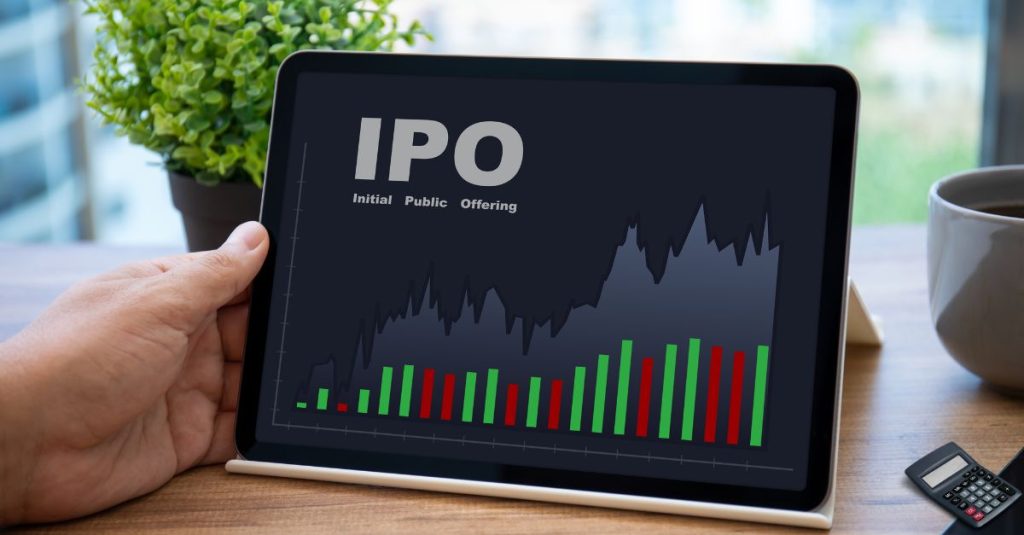These days, the business news is all about startups getting capital infusions going public. In 2021, investors’ rose-tinted glasses began to crack: the PayTM IPO imploded; Oyo and Delhivery postponed listing plans; Zomato and Nykaa went public but struggled immediately afterwards.
These examples are all tech startups, but there’s another kind of tech that isn’t often mentioned: physical tech, i.e., electronics manufacturing services (‘EMS’). When the manufacture of complex, delicate and sophisticated physical products is involved, the benefits and drawbacks of listing are slightly different.
For EMS companies – especially MSMEs – which require major capital investments to put in place the equipment, infrastructure and controls required to manufacture products at scale and to quality standards, going public makes a lot of sense.
What does ‘going public’ or ‘listing’ actually mean?
A company is ‘listed’ or ‘goes public’ when its shares are formally admitted to the trading platform of a stock exchange. That is, some portion (‘shares’) of the ownership of the company is now open for the general population of investors to buy and sell (‘trade’), under the law and stock exchange rules.
Why should EMS MSMEs go public?
Listing on a stock exchange has many benefits for any company, such as reduced debt, increased liquidity, improved employee morale, transparency and better operational efficiency. For EMS MSMEs in particular:
- Access to capital markets. In a previous blog, I described the ‘money maze’ MSMEs must navigate to access capital. Steady-state MSMEs can accelerate growth, expand, and uncover additional R&D and capital expenditure funding by going to the markets. This is a virtuous cycle in a way: going public enhances a company’s credibility, unlocking the hearts and chequebooks of institutional lenders who hesitated before.
- Distributed risk. In the initial stages, a risk-averse lending environment often compels EMS MSME founders to put their own assets on the line, supplemented by soft loans from friends and family. An IPO is an opportunity for founders to end this situation, for themselves as well as for people outside the formal lending ecosystem who helped the business get off the ground.
- Enhanced visibility. Listing requires a company to comply with regulatory norms regarding transparency and accountability, increasing its credibility amongst lending institutions and investors. But there’s another advantage for specialist MSMEs like EMS companies: visibility to potential customers. Listing gives such companies a platform to reach a wider but targeted buying audience without extravagant advertising. Financial credibility casts light on manufacturing quality and capability as well, a particular concern for manufacturing enterprises when choosing vendors.
What are the drawbacks of listing for an EMS MSME?
Despite these undoubted advantages, going public isn’t necessarily the right choice for all EMS MSMEs for a few reasons:
- Burden of disclosure. Transparency is good, but complying with regulatory strictures can be complicated and time-consuming. For EMS MSMEs, which are typically founded by people with technical expertise and little awareness of financial and regulatory intricacies, adhering to these requirements can be burdensome and costly.
- Increased market exposure is a mixed blessing. The Indian EMS sector is just opening up and opportunities abound in the domestic market. For EMS MSMEs, the export market is very attractive. Listing will bring such companies to the attention of global clients – but it also means scrutiny from international regulators, not just in terms of financial compliance but also on international environmental, sourcing and other compliance standards that Indian MSMEs may not yet be able to meet. Customers and compliance can chase each other in a spiral that distracts focus from running the business.
- Short-term pressures. EMS is a capital-intensive business which needs extended periods of investment before showing results. Rapid technological advances mean that EMS companies will regularly invest large sums in infrastructure, equipment, R&D and training to stay relevant and competitive. A large, established enterprise can do this; an MSME may struggle to keep up if growth, scale and quarterly profits fail to meet shareholder expectations quickly enough.
EMS MSMEs thinking of going public should work with an experienced investment advisor to evaluate the benefits and drawbacks, and take a dispassionate decision on whether it is – or ever will be – the right time to list. It’s important to remember a few things:
The company gets an infusion of capital during the IPO. After this, money only changes hands amongst stock exchange buyers and sellers. IPOs are tedious and expensive in themselves, and the ongoing costs of compliance are onerous, as is the burden of scrutiny from shareholders, investors, regulators and customers. By listing, founders cede their autonomy, so they should be wise about deciding whether to do so, and have a clear vision for the company in either case. Being capital-intensive and R&D-dependent, EMS companies can always use more funds. Founders should ask themselves whether going public is the best way to obtain those funds.


